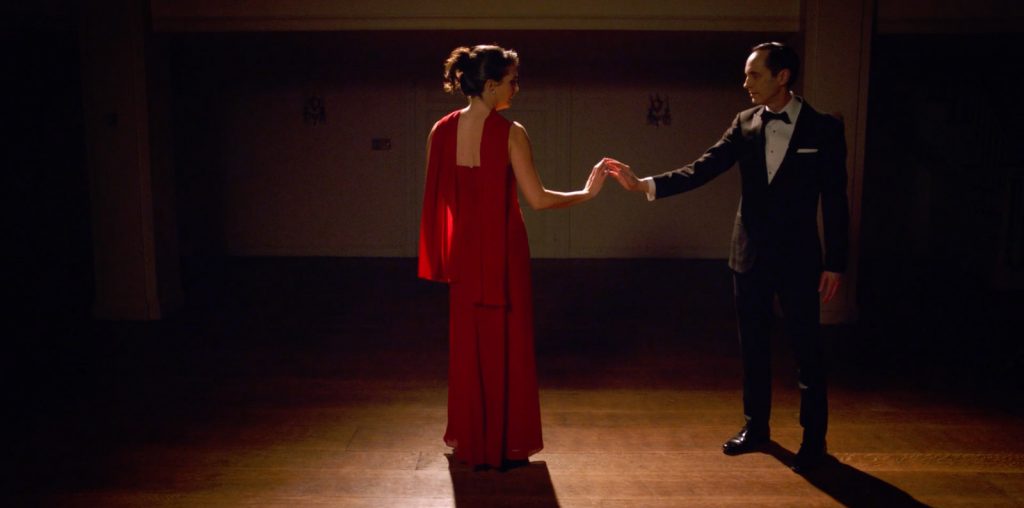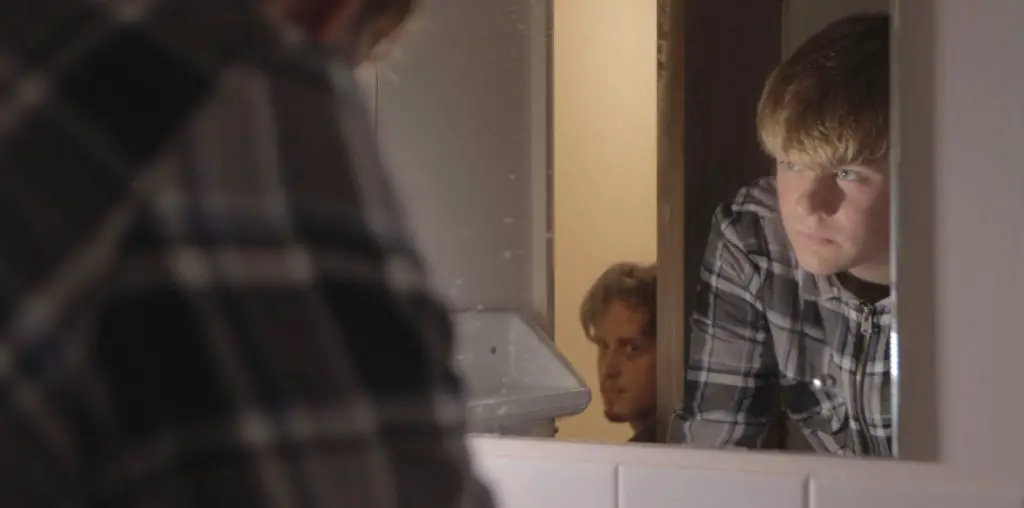
In recent years, filmmakers like Denys Arcand and Richard Linklater have revisited characters from years-old art films that would never be considered contenders for sequels (“The Decline of the American Empire” and “Before Sunrise”). In “Fay Grim,” writer/director Hal Hartley does something a little different—he brings back some old characters, but throws everything from the last film out the window to make a post-modern comedy spy thriller.
Revisiting his characters from 1997’s “Henry Fool” nine years later, Hartley moves them from a story about a rise to literary fame with satanic implications to a bastardized spy thriller. As the title character, Parker Posey reprises her role as the wife of the long-missing Henry. But it turns out Henry was really a spy, and his notebooks of confessions cypher containing national secrets. Fay must go to France to help a CIA agent (Jeff Goldblum) retrieve the notebooks so he’ll help her brother, the famed poet Simon Grim (James Urbaniak), get out of prison. And from there I really have no idea what the hell goes on. But Hartley holds our attention with odd intrigues. Top among them is a hand-held and hand-cranked movie toy depicting an orgy. All the characters get to see it, but there’s never a point-of-view shot.
For better or for worse, the movie is unmistakably its director’s. Hartley shoots the entire film with his camera tilted off its axis. The characters speak in heavily mannered dialogue, delivered by these skilled actors as if in they’re in a community theater production. In one scene, Posey and Goldblum walk to a series of marks in a hotel lobby. Move, stop, deliver a line, repeat. When Goldblum leans on the counter, obscuring Posey behind him, Hartley doesn’t deliver the expected cut or camera move. Instead, Posey straightens up and cranes her head around her co-star before she says her line.
While it’s amusing, the style never makes enough of an impression to justify the complete disconnect it creates between the story and the viewer. I spent more time thinking about how distracting it must have been for the cameraman to pan that tilted camera back and forth than I did about any of the film’s ideas.
For fans of Hartley, this might not be a problem. The work is clearly a superior effort to 2005’s dreadful “The Girl from Monday,” and may satisfy the director’s fans, who haven’t been able to explain his recent output.
Fans of “Henry Fool” in particular, however, may dislike the complete disregard for the characters of the original film. But the most fervent of Hartley followers can praise the film as a brilliant deconstruction of the tacked-on cinematic sequel. The rest of us, however, will just wonder if anything is actually going on, and if it’s worth the bother of caring.

